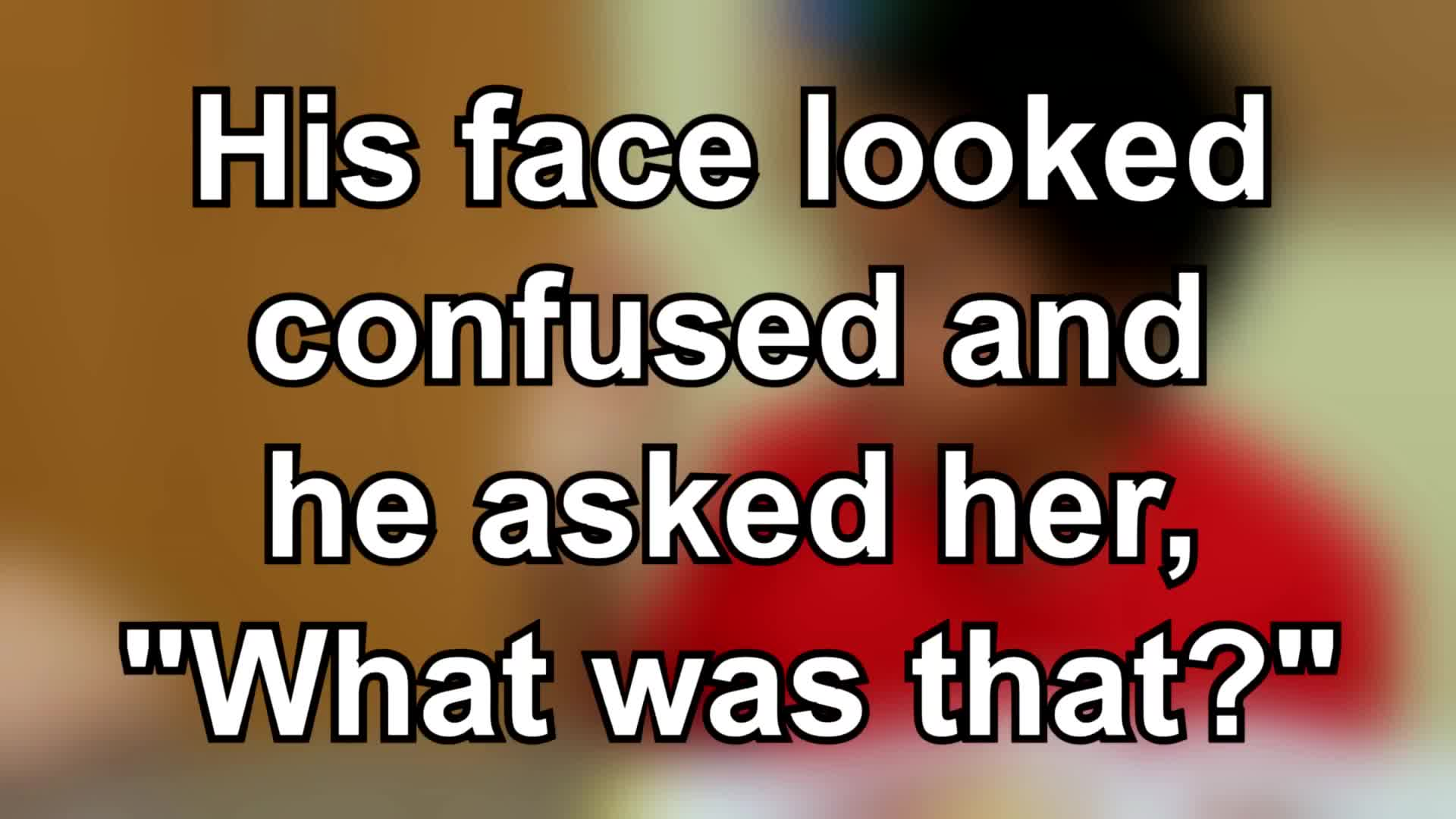
When students feel excited or nervous, they may start talking quickly, making it difficult for others to understand them. In this blog post, we will explore ways to teach students the importance of slowing down their speech to improve communication and interpersonal relationships.
Introduction
Effective communication is a crucial skill for students to develop, as it plays a significant role in their social and emotional well-being. One common issue that can hinder communication is speaking too quickly. By teaching students to slow down their speech, educators can help them convey their thoughts more clearly and avoid misunderstandings. This not only enhances their communication skills but also fosters stronger connections with their peers.
No-Prep Activity: The Slow-Down Game
This simple, no-prep activity can be used to demonstrate the importance of speaking slowly and clearly. Here’s how to play:
- Divide the class into pairs.
- One student in each pair will be the speaker, while the other will be the listener.
- Provide a list of topics or phrases for the speakers to discuss with their partners. These can be related to the curriculum or general interest topics.
- Ask the speakers to talk about their chosen topic with their partner, but they must speak very quickly.
- After a minute or two, ask the listeners to share what they understood from their partner’s speech.
- Repeat the activity, but this time, instruct the speakers to slow down their speech and articulate their words clearly.
- Finally, have the listeners share their understanding of the speaker’s message again.
By comparing the two rounds of the activity, students will see the impact that speaking slowly and clearly can have on communication.
Discussion Questions
After completing the Slow-Down Game, engage the class in a discussion with the following questions:
- How did you feel when your partner was speaking too quickly? Did you feel frustrated or confused?
- What strategies did you use to try to understand your partner when they were speaking fast?
- How did the conversation change when your partner slowed down their speech? Were you able to understand them better?
- Why is it important to speak slowly and clearly in real-life situations, such as school presentations or job interviews?
- How can you practice speaking more slowly and clearly in your everyday conversations?
Related Skills
Teaching students to slow down their speech is just one aspect of effective communication. Other related skills that can enhance students’ social-emotional learning include:
- Active listening: Encouraging students to fully engage and focus on the speaker, ask clarifying questions, and provide feedback.
- Non-verbal communication: Teaching students to recognize and interpret body language, facial expressions, and tone of voice.
- Empathy: Helping students understand and share the feelings of others, fostering stronger connections and supportive relationships.
- Conflict resolution: Providing students with strategies for addressing disagreements and finding solutions that benefit all parties involved.
Next Steps
To further support your students in developing effective communication skills and other crucial social-emotional learning competencies, sign up for free samples of skill-building resources at Everyday Speech. These materials can help you create engaging and interactive lessons that empower students to build stronger connections with their peers and improve their overall well-being.

